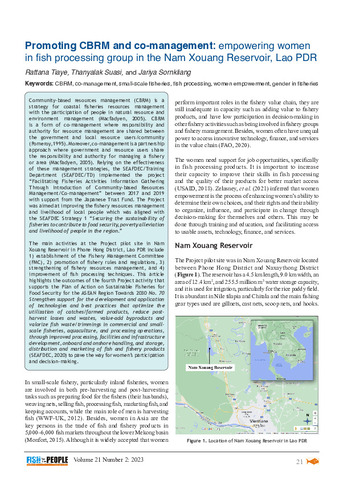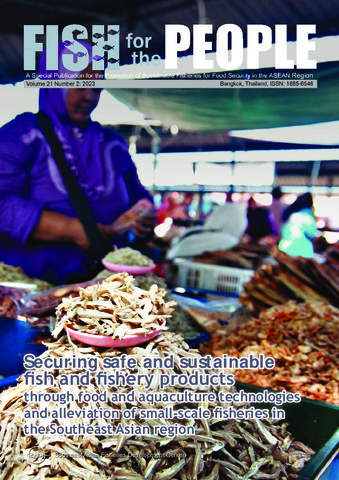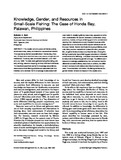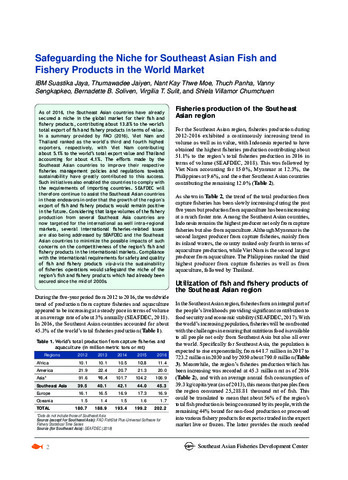| dc.description.abstract | Community-based resources management (CBRM) is a strategy for coastal fisheries resources management with the participation of people in natural resource and environment management (Macfadyen, 2005). CBRM is a form of co-management where responsibility and authority for resource management are shared between the government and local resource users/community (Pomeroy, 1995). Moreover, co-management is a partnership approach where government and resource users share the responsibility and authority for managing a fishery or area (Macfadyen, 2005). Relying on the effectiveness of these management strategies, the SEAFDEC/Training Department (SEAFDEC/TD) implemented the project “Facilitating Fisheries Activities Information Gathering Through Introduction of Community-based Resources Management/Co-management” between 2017 and 2019 with support from the Japanese Trust Fund. The Project was aimed at improving the fishery resources management and livelihood of local people which was aligned with the SEAFDEC Strategy 1 “Securing the sustainability of fisheries to contribute to food security, poverty alleviation and livelihood of people in the region.”
The main activities at the Project pilot site in Nam Xouang Reservoir in Phone Hong District, Lao PDR include 1) establishment of the Fishery Management Committee (FMC), 2) promotion of fishery rules and regulations, 3) strengthening of fishery resources management, and 4) improvement of fish processing techniques. This article highlights the outcomes of the fourth Project activity that supports the Plan of Action on Sustainable Fisheries for Food Security for the ASEAN Region Towards 2030 No. 70 Strengthen support for the development and application of technologies and best practices that optimize the utilization of catches/farmed products, reduce postharvest losses and wastes, value-add byproducts and valorize fish waste/trimmings in commercial and smallscale fisheries, aquaculture, and processing operations, through improved processing, facilities and infrastructure development, onboard and onshore handling, and storage, distribution and marketing of fish and fishery products (SEAFDEC, 2020) to pave the way for women’s participation and decision-making. | en |




